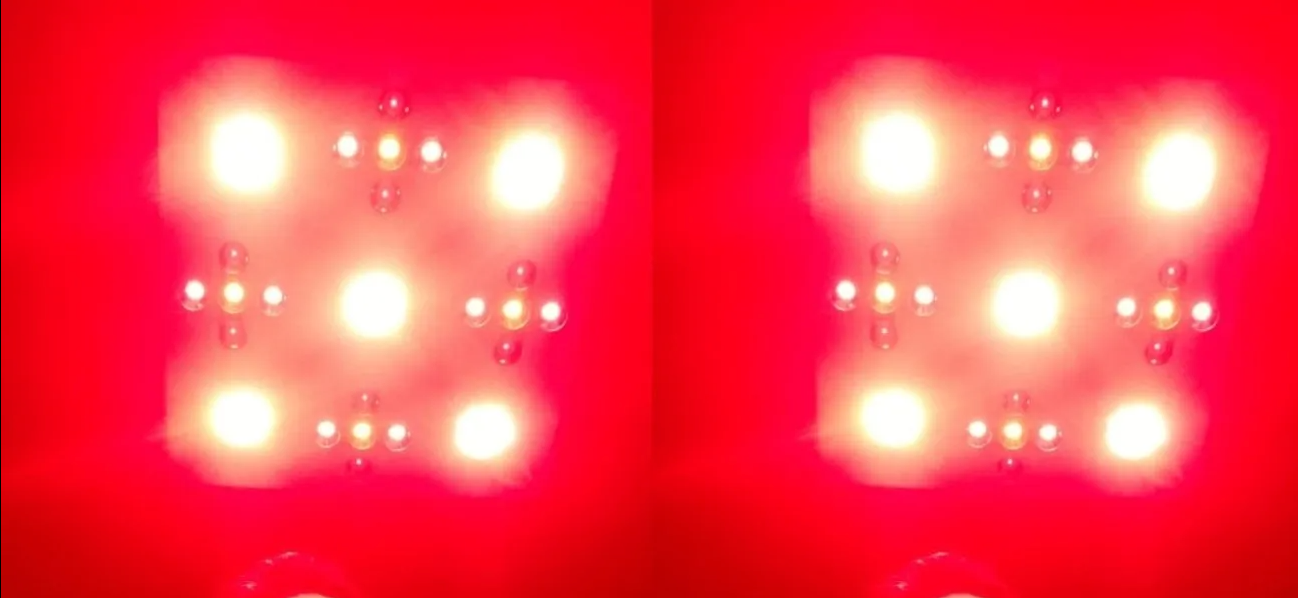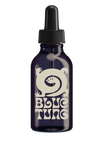Methylene Blue & Red Light
Posted on January 28 2023,
Red light therapy and methylene blue are two powerful treatments that have been gaining attention for their potential health benefits. While they are often used separately, recent research suggests that they may offer even greater benefits when used in combination.
Red light therapy, also known as photobiomodulation, is a non-invasive treatment that involves exposing the skin to specific wavelengths of red and near-infrared light. This treatment is believed to stimulate collagen production, reduce inflammation, and improve skin texture and tone. It may also be effective in treating conditions such as acne, rosacea, and eczema.
Methylene blue, on the other hand, is a photosensitizing agent that has been used for decades in the medical field. Recently, it has been studied for its potential benefits in treating a variety of conditions, including Alzheimer's disease, cancer, and diabetes. It is thought to work by increasing cellular energy and reducing inflammation.
When used together, red light therapy and methylene blue offers a synergistic effect, with the potential to enhance the benefits of each treatment.
The synergy between methylene blue and red light therapy is thought to be due to the ability of these treatments to target the same biological pathways in the body. Both methylene blue and red light therapy have been shown to have a positive effect on the mitochondria, the powerhouses of the cell, responsible for producing the energy needed for cellular functions.
Methylene blue is known to increase the production of ATP, the primary energy currency of the cell, by enhancing the activity of the mitochondrial respiratory chain. This increased energy production can lead to a reduction in inflammation and an improvement in overall cellular function.
Red light therapy also has a positive effect on the mitochondria by increasing the production of ATP, and by increasing the activity of the enzymes involved in cellular respiration. This leads to an improvement in cellular energy production, which in turn can lead to a reduction in inflammation and an improvement in overall cellular function.
Similarly Red Light is most available in the atmosphere at Sunrise & Sunset, so its worth your time to enjoy those magical moments outdoors.
The combination of methylene blue and red light therapy has been shown to be more effective than either treatment alone. This is thought to be due to the ability of these treatments to work together to target the same biological pathways, leading to a more potent effect on cellular energy production, and ultimately leading to a greater reduction in inflammation and an improvement in overall cellular function.
In our personal experience, taking Bluetung Methylene Blue and then stretching out in front of the red light in the mornings (especially on overcast days), has been very energising and a great way to begin the day.
In summary, the combination of methylene blue and red light therapy may offer a synergistic effect, with the potential to enhance the benefits of each treatment. Both treatments have been shown to have a positive effect on the mitochondria and by targeting the same biological pathways, leading to a more potent effect on cellular energy production, and ultimately leading to a greater reduction in inflammation and an improvement in overall cellular function. This is a promising area of research that may offer new treatment options for a variety of medical conditions.
~
This blog post is not intended to diagnose, treat, cure, or prevent any disease. The statements made regarding this product have not been evaluated by the Food and Drug Administration. The efficacy of this product has not been confirmed by FDA-approved research. This product is not intended to replace professional medical advice, diagnosis, or treatment. Always seek the advice of your physician or other qualified healthcare provider with any questions you may have regarding a medical condition. Discontinue use and consult a healthcare professional if you experience any adverse reactions."



